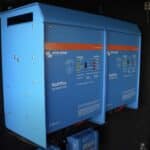
MENUMENU
TALK TO AN EXPERT
Special Hours: 7AM – 6PM PST
TALK TO AN EXPERT
Special Hours: 7AM – 6PM PST
Solar energy can truly seem like a miracle sometimes. Those distinctive black or blue panels power your home, RV, boat, or other systems using nothing but the free, clean, renewable energy of the sun. But have you ever found yourself asking exactly how solar panels are made? It’s a relatively common question and one we’ll answer for you here today.
There are three main types of solar panels to consider when exploring how solar panels are made. The first are known as monocrystalline panels. Their black appearance and higher price tags distinguish these panels, however, these are also the most efficient panels, providing the most power in the smallest space possible for your solar energy system.
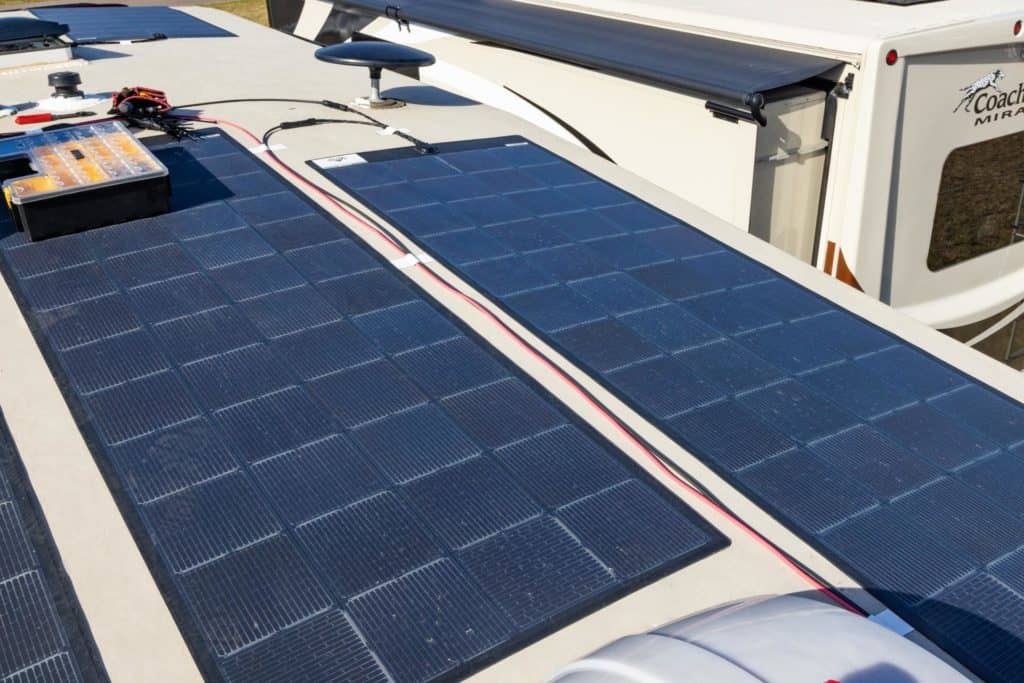
Along the same lines as monocrystalline panels are polycrystalline panels. These undergo a different manufacturing process, which produces their characteristic blue crystal-looking hue. Polycrystalline panels will typically be less expensive than monocrystalline but will also be less efficient, generally speaking.
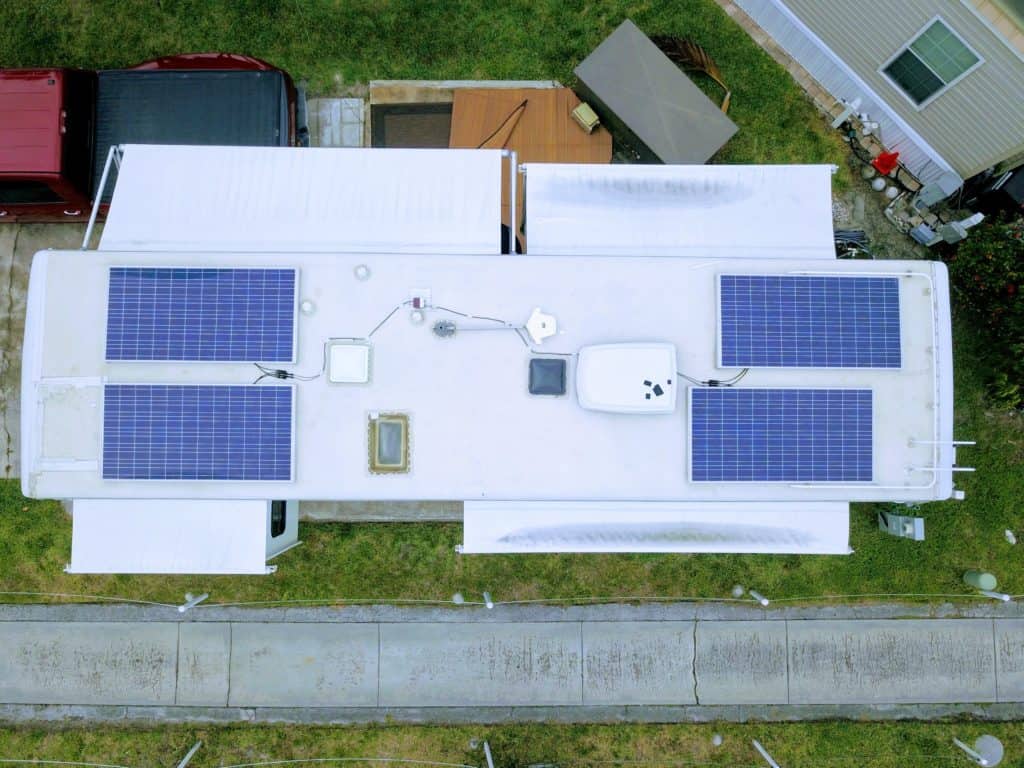
The third type to be aware of are flexible or thin-film solar panels. Unlike monocrystalline or polycrystalline panels, these solar cells can flex and bend, opening up a new world of mounting possibilities. This construction also significantly reduces the weight of the panels but comes with some drawbacks as well. Flexible panels may be more expensive and have a shorter lifespan than rigid monocrystalline or polycrystalline solar panels. That means more money out of your pocket, both in the short and long term.
There are also less common organic photovoltaic solar cells, part of a newer wave of solar technology. These use an alternative process for generating energy that relies on molecular or polymeric absorbers. While organic photovoltaic cells offer some benefits, reliability and efficiency concerns still hold them back. Manufacturers need to resolve these concerns before these cells become more accessible to the average solar user.
→ Check out our monocrystalline solar panel bundles in our Battle Born Solar product line. ☀️
Facilities all over the world make solar panels, including in places like the Americas, Europe, and Asia. However, in recent years, China has sailed to the front of the line as the most common maker of solar panels.
You can still find American-made solar panels, but they often come at a premium price compared to internationally-made ones. If location matters to you, try to find out where the manufacturer makes its solar panels and not just where the company has its headquarters.
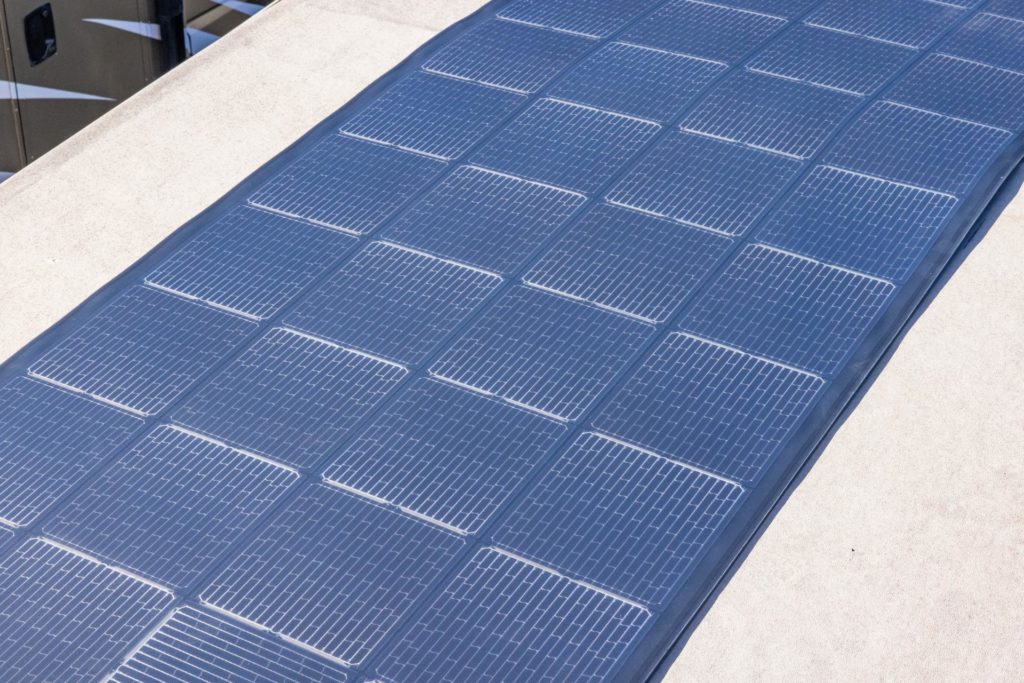
The vast majority of modern solar cells use silicon, with traces of other elements like boron and phosphorus. Manufacturers coat this with several finishing elements, including a silver paste. They will seal these cells, which are the energy-producing parts of the panel, inside a tempered glass. The glass panels go inside a metal frame, typically aluminum, which provides further rigidity and protection, as well as an easy, uniform way to mount them.
In short, silicon is the most common element for solar cells because it’s cheap, plentiful, and chemically well-constructed for generating energy. It’s the second-most common element on Earth after oxygen, so we’ll never run out. Silicon’s chemical makeup also lends itself well to semi-conductor uses, as it can freely exchange electrons with nearby molecules of other elements. This allows an efficient transfer of energy to your batteries and, eventually, your electrical system.
→ Just how efficient are solar panels? Find out how well they work on cloudy days and with snow.
The process of making a solar panel begins with silica sand. The manufacturer superheats the silicon sand to ultra-purify it and remove any foreign materials. This stage produces metallurgical grade silicon with 99.9% purity. At this point, it looks more like metal than sand.
The metallurgical grade silicon is then melted down and pulled into what’s called an ingot. Machines cut and shape the ingots into wafers, which make up the individual cells.
Once cut, the manufacturer “dopes” the silicon, which involves deliberately adding impurities to improve the electrical conductivity. This process creates what’s called the p-n junction, which is the basic structure of a solar cell that allows it to transfer electrons and energy.
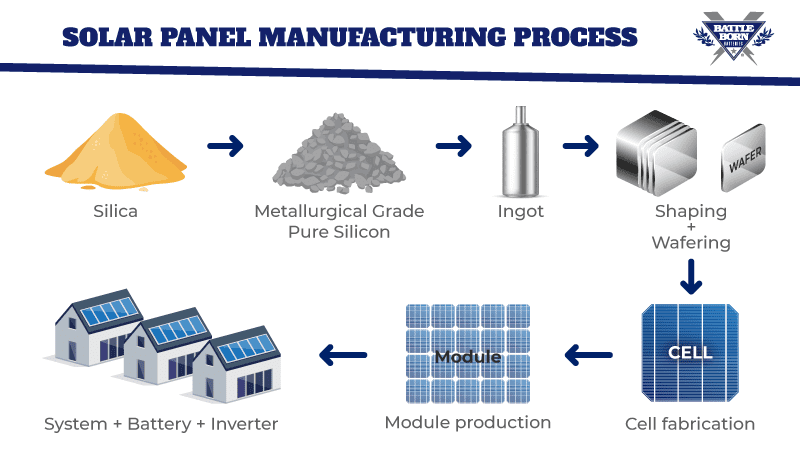
Then, the manufacturers add the electric wiring, known as fingers and busbars. From this point, they will test the cells several times extensively to ensure there is no cracking or damage. They also check that they produce energy as expected.
After testing, they connect the cells to other cells to produce a full solar panel, which they package inside glass or plastic for safety and rigidity. The manufacturer installs the glass inside the metal frame, which completes the process.
If concerns about your panels bringing toxic materials close to your home are making you hesitate, there’s no need to worry. Solar panels consist almost entirely of safe, non-toxic components. They present no risk when functioning normally. Most panels do contain microscopic small amounts of somewhat-toxic metals as part of the cells’ construction, but these materials remain sealed inside under all normal operations.
→ Related: How Long Do Solar Panels Last?
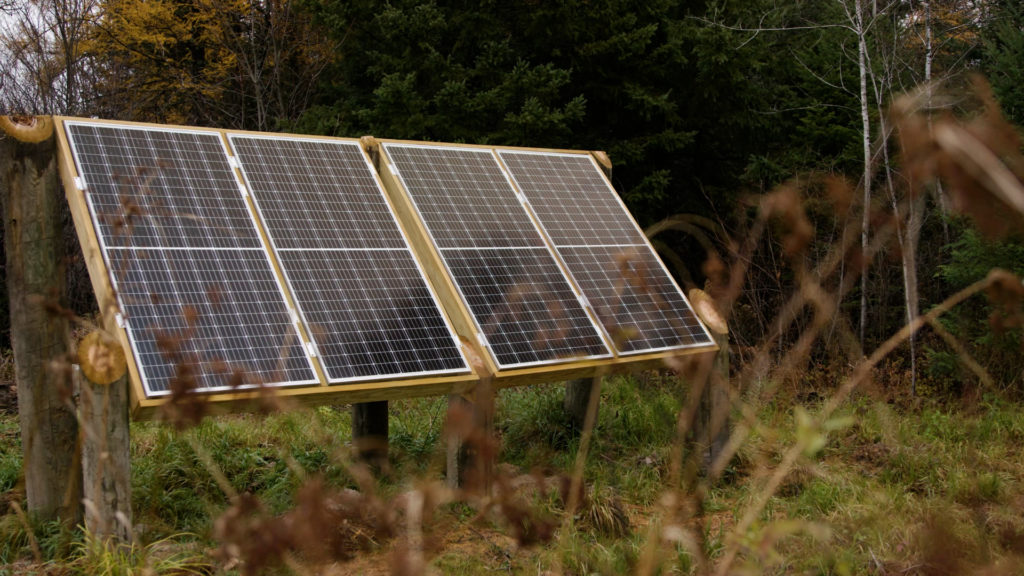
So there you have it. Making solar panels is no longer a mystery. It can be surprising how simple silica sand can turn into a sleek, efficient panel ready to power buildings, vehicles, and more.
But there’s no magic here — just basic science and quality engineering, taking the warm, bright rays of the sun and turning it into clean, free energy for you and your friends and family.
What other questions do you have about how to make solar panels?
We know that building or upgrading an electrical system can be overwhelming, so we’re here to help. Our Reno, Nevada-based sales and customer service team is standing by at (855) 292-2831 to take your questions!
Also, join us on Facebook, Instagram, and YouTube to learn more about how lithium battery systems can power your lifestyle, see how others have built their systems, and gain the confidence to get out there and stay out there.
Shop Best Sellers
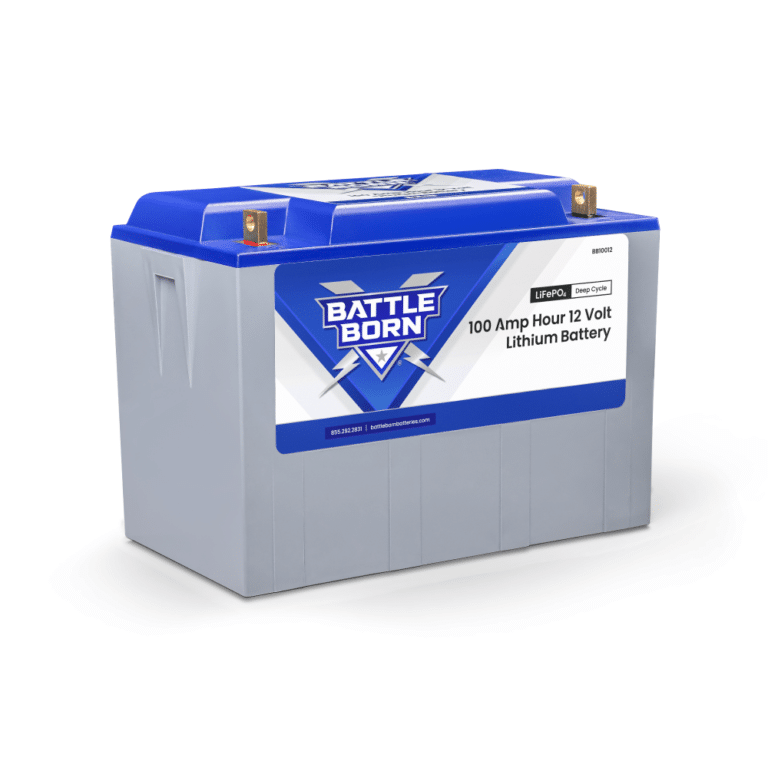
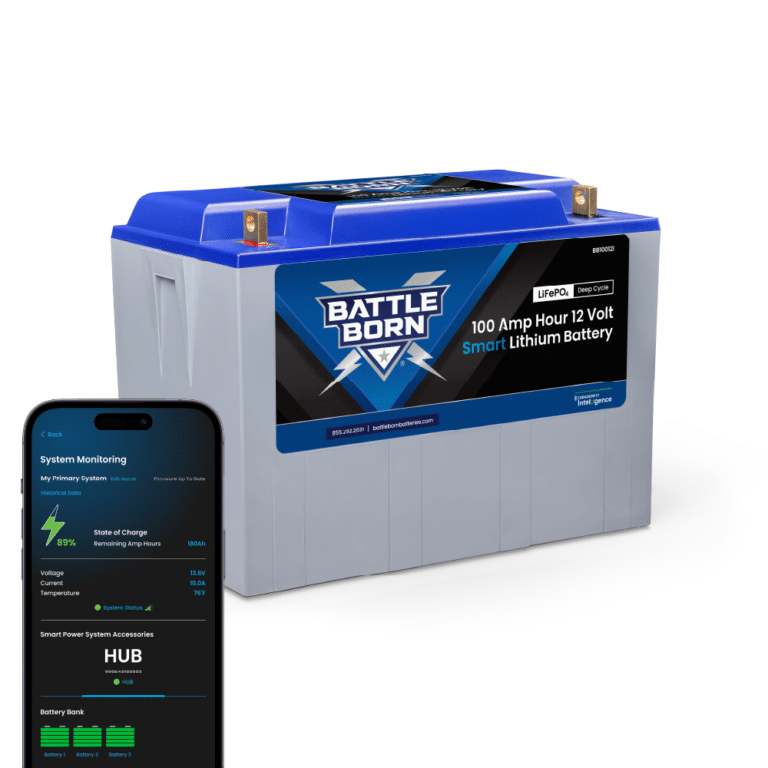
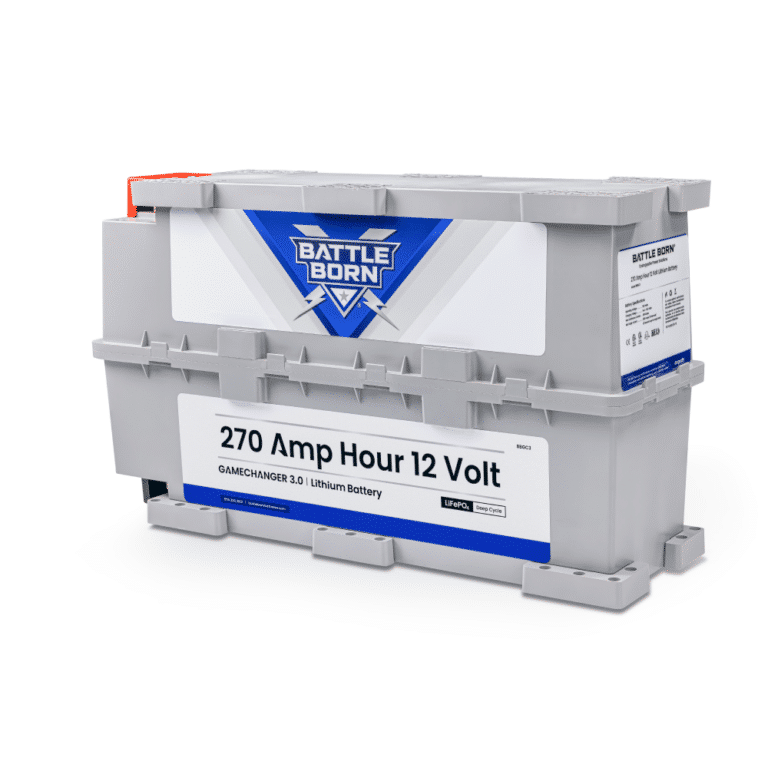
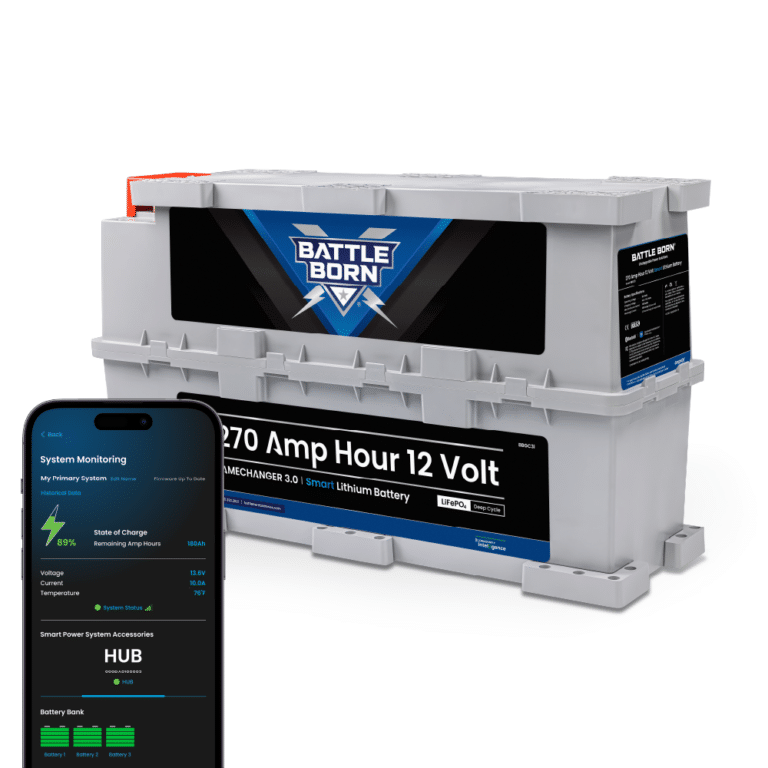
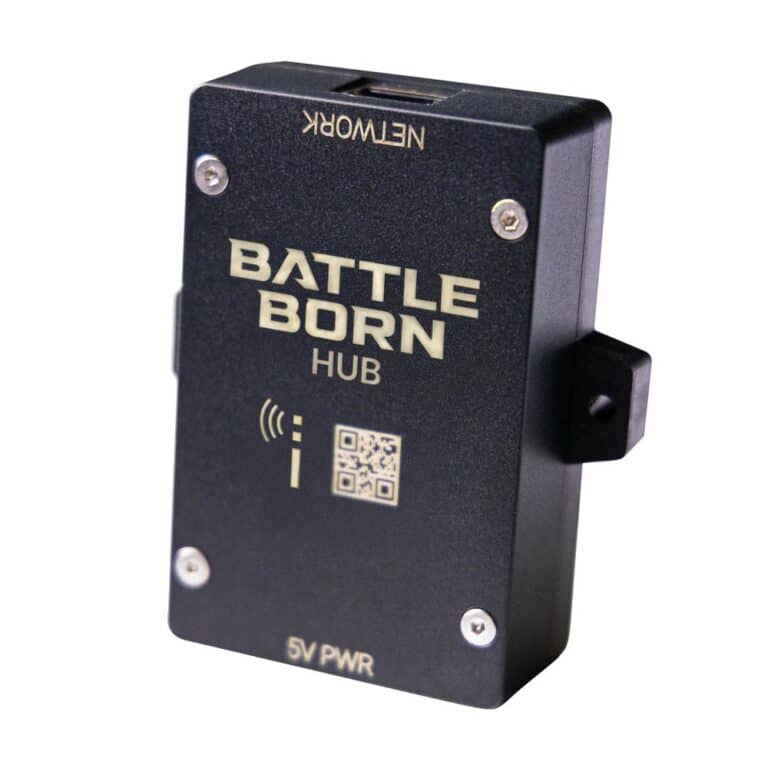
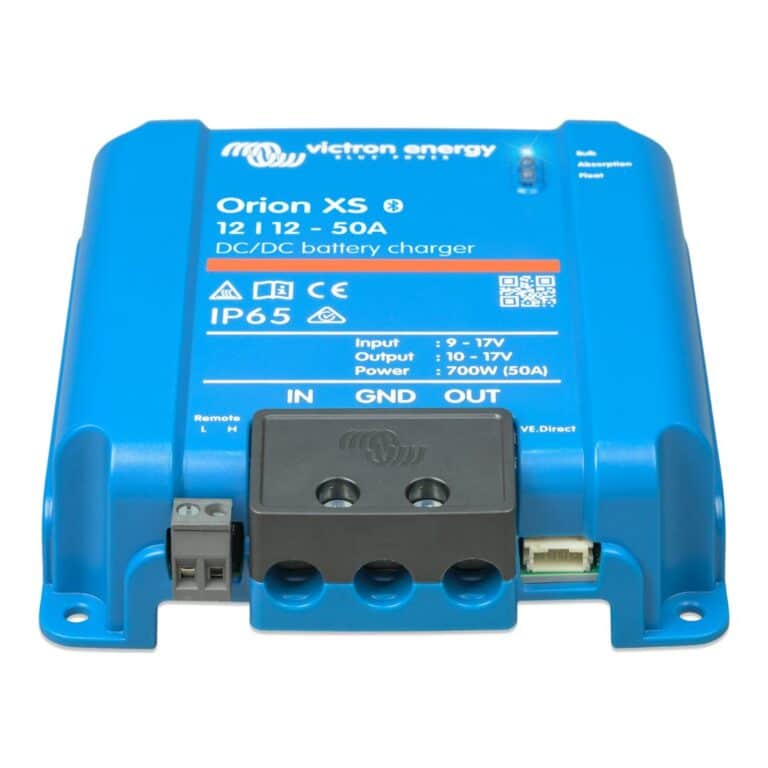
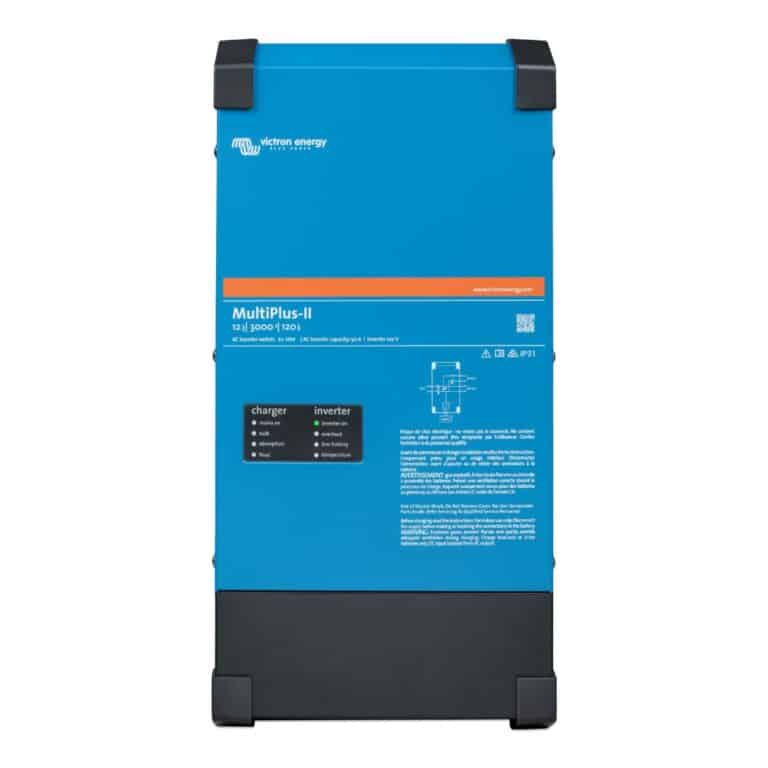

Ask a technical specialist now at 855.292.2831
Stay in the Know